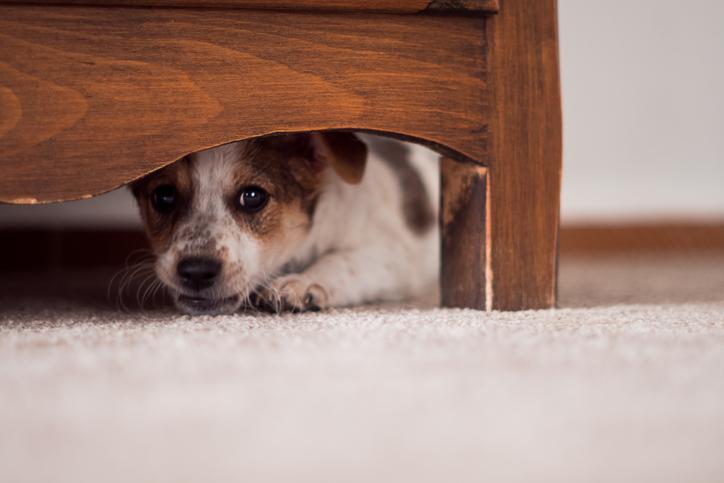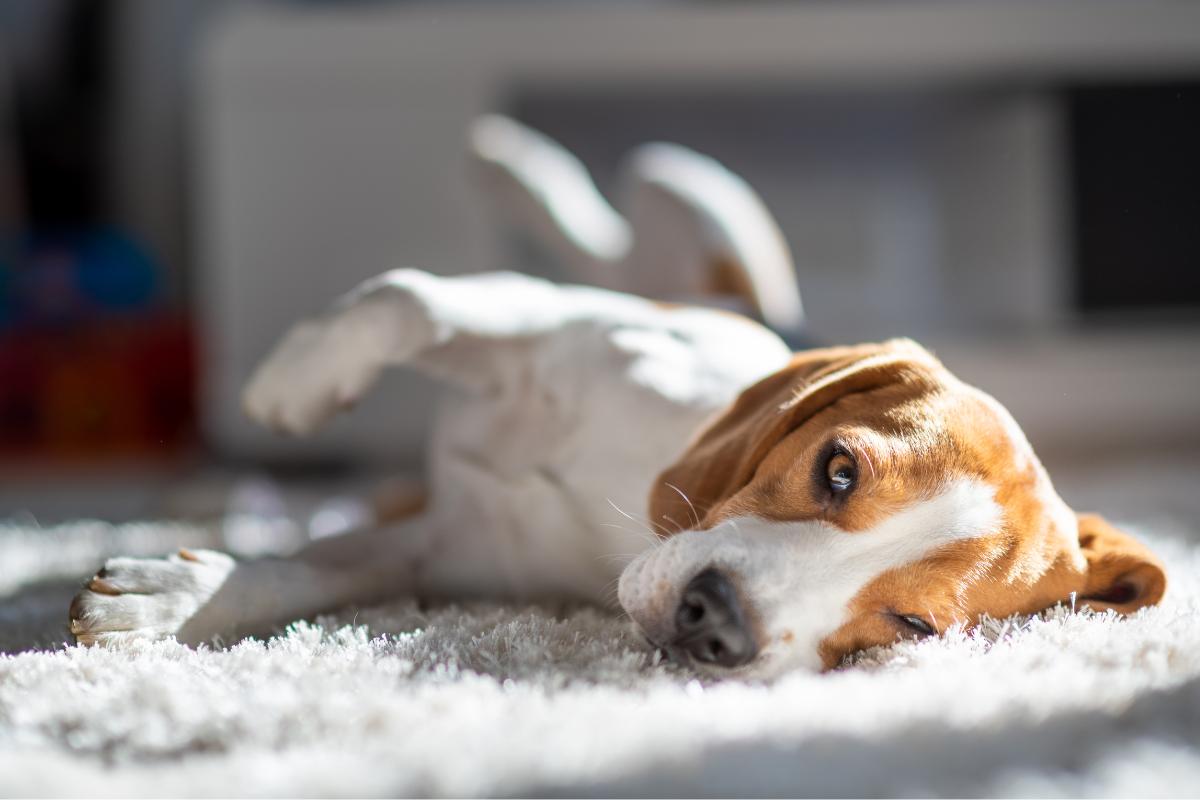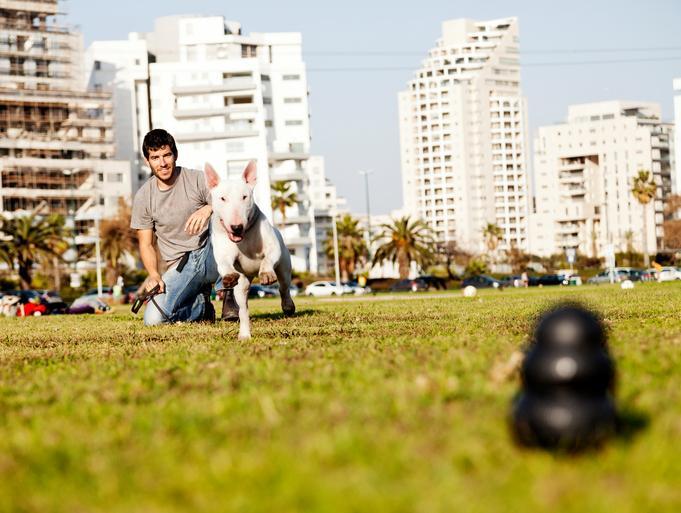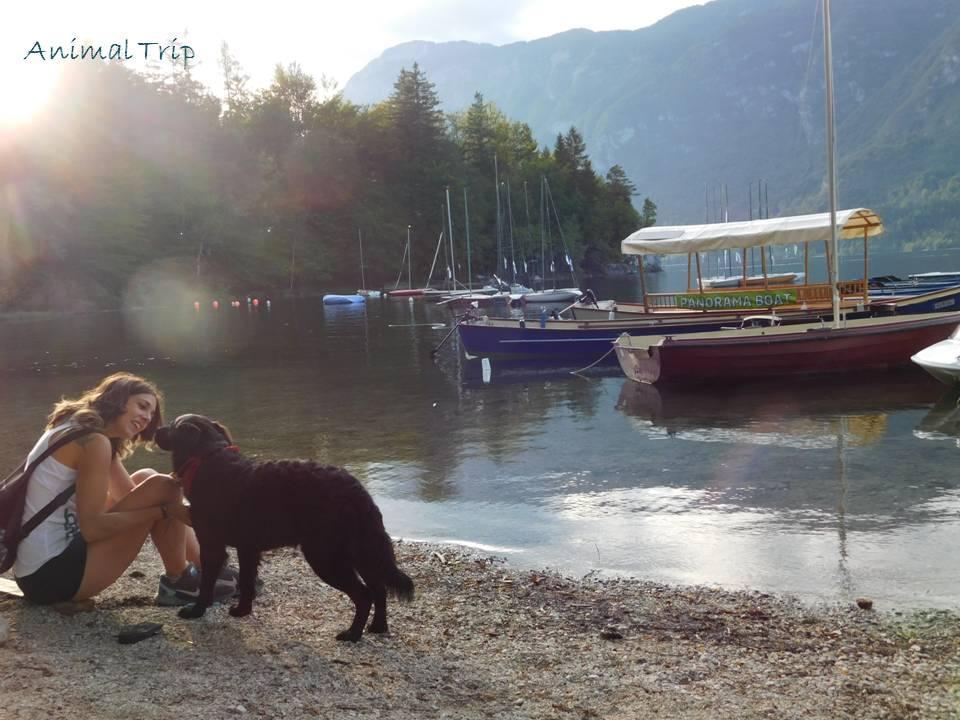How to Gain a Dog’s Trust

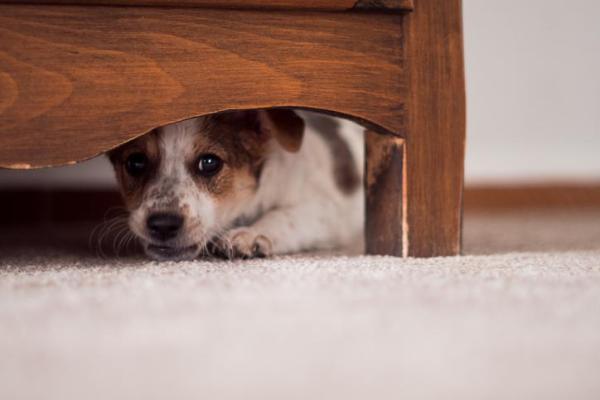

See files for Dogs
Earning a dog’s trust is the foundation of a strong, loving relationship. Whether you’ve just adopted a rescue dog or want to deepen your bond with your pet, trust-building takes time, patience, and the right approach. Dogs, like humans, need to feel safe before they can form meaningful bonds. But unlike humans, they can't understand our explanations or reassurances. They rely on our actions, consistency, and body language to decide if we're trustworthy.
In this AnimalWised article, we'll explore proven tips and techniques to gain a dog's trust and help your dog feel safe, secure, and connected to you
How long does building trust take?
Building trust with a dog, especially one who has experienced trauma or neglect, is rarely a linear process. Understanding the natural timeline of trust development can help set realistic expectations and prevent frustration for both you and the dog.
Trust develops at different rates depending on the individual dog's temperament, past experiences, and genetic predisposition. Some dogs may warm up to you within days, while others might take months of consistent, positive interaction before showing significant signs of trust. This variation is completely normal and must be respected rather than rushed.
Expect setbacks as part of the journey. A dog who seems comfortable one day might appear more reserved the next due to factors like stress, health issues, or simply normal fluctuations in mood. These temporary regressions don't indicate failure, but are natural parts of the trust-building process.
Building dog trust relies on consistent, gentle persistence. Daily, small positive interactions create a stable foundation over time. Once trust is earned, maintain it through ongoing reliability, respect, and positive interactions, strengthening that hard-won bond.
Wondering how to help a dog with a troubled past? Our guide on healing canine trauma provides specialized approaches for dogs who need extra patience and understanding.
How dogs communicate their trust
One of the most important skills in gaining a dog's trust is learning to read and respect their unique body language. Dogs communicate constantly through subtle signals, and recognizing these cues demonstrates respect for their boundaries and needs.
Pay close attention to signs of stress or discomfort such as:
- Lip licking
- Yawning when not tired
- Whale eye (showing the whites of their eyes)
- Stiffened body posture
- Tucked tail
When you observe these signals, give the dog more space and time rather than pushing for interaction. This shows the dog that you respect their communication and won't force them into uncomfortable situations.
Similarly, learn to recognize signs of relaxation and comfort:
- Loose and wiggling body
- Relaxed mouth (tongue slightly out),
- Soft eyes
- Gently wagging tail
These signals indicate your trust-building efforts are working, and the dog is beginning to feel secure in your presence.
Remember that each dog communicates differently based on their breed, personality, and past experiences. Some dogs may be more subtle in their signals than others. Take time to learn your individual dog's communication style and always err on the side of giving more space when unsure.
The ability to understand and respect a dog's nonverbal communication creates a foundation of mutual respect. When a dog realizes you can "speak their language" and honor their boundaries, they develop confidence that interactions with you will be safe and positive, accelerating the trust-building process significantly.
Did you know dogs have over 30 distinct body signals they use to communicate with humans? Learn to decode your dog's silent messages in our detailed visual guide.
Building trust through respectful interaction
To gain a dog's trust, it's essential to show that you're not a threat. Approach with calm, patience, and a non-threatening demeanor, as this helps the dog feel secure in your presence.
Begin with calm, low-key games and interactions that don't generate excessive excitement, especially with fearful or unfamiliar dogs. As trust builds and the dog shows the relaxed body language signals mentioned above, you can gradually introduce more playful and engaging activities, as positive play experiences can strengthen your bond once basic trust is established.
In home or controlled environments, allow the dog freedom of movement rather than restricting them. Avoid grabbing them by the collar whenever possible, as this can feel threatening and may reinforce the instinct to escape. When they realize they have the option to move away but don't need to, they'll become more comfortable staying near you.
Be mindful about physical contact, particularly with new dogs. While humans view hugs as expressions of affection, many dogs perceive full embraces as constraining or threatening.
Instead of hugging, try gentle scratches behind their ears, under their chin, or on their chest. Some dogs, especially those used to cuddling since they were puppies, might eventually enjoy a light hug from someone they trust. But always pay attention to their body language and respect what they like.

Building trust through food
Most dogs are naturally motivated by food, making it an excellent tool for positive association. When working with a fearful or unfamiliar dog, you can use food strategically by first placing treats on the ground at a comfortable distance from you, then waiting patiently without pressure. As the dog becomes comfortable approaching for treats, gradually decrease the distance between you and the food over multiple sessions.
This process should never be rushed. Allow the dog to set the pace and always respect their comfort level. If they show signs of stress or hesitation, take a step back in the process. The goal is to create positive associations where the dog connects your presence with good experiences.
To really see a difference, use high-value treats that your dog finds irresistible. This approach builds a foundation of trust through positive reinforcement, leading to a much stronger and healthier bond.

Building Trust Through Play and Body Language
To build trust with a dog, capitalize on their natural curiosity. Just like they explore new toys or greet guests, you can use their inquisitiveness.
To engage a hesitant dog, try capturing their interest with an appropriate toy, such as a soft ball or another item that might trigger their natural play instincts. While shy dogs or those with negative past experiences may initially be reluctant to engage, their innate predatory chase instincts are often too compelling to resist completely.
Start by playing with the toy yourself nearby, without directly involving the dog. This indirect engagement often piques their curiosity without creating pressure.
Watch carefully for those positive body language signals covered earlier, a softening expression, forward ears, or a slightly wagging tail can indicate that play is having the desired trust-building effect. If you notice stress signals instead, scale back the intensity of play or give the dog more space.
An important element when trying to build trust is your body posture. Lowering yourself to the dog's level by sitting or kneeling is highly effective because it makes you appear less intimidating. This position also makes it easier for the dog to make eye contact and read your facial expressions, which is an important part of canine communication.
Remember to introduce play gradually and observe the dog's body language carefully. Some dogs may be more responsive to gentle toys like stuffed animals rather than balls, and others might prefer different types of interactions altogether. Always let the dog set the pace and never force interaction.

Building trust through consistent routine
Establishing a stable, predictable routine is fundamental to gaining a dog's trust, particularly for anxious or fearful dogs. When meals, walks, playtime, and rest follow a consistent schedule, you work with the dog's natural biorhythms, creating a sense of security and predictability.
Regular feeding times and scheduled walks help regulate a dog's internal clock. This consistency allows their bodies to develop natural expectations about when certain activities will occur. When a dog can anticipate important daily events, they experience less stress and uncertainty, which is especially beneficial for dogs who have experienced instability or trauma.
A predictable routine gives dogs a sense of control over their environment, which is a critical factor for building confidence in fearful dogs. When they can reliably predict when they'll eat, exercise, play, and rest, they develop trust in both their environment and in you as their caregiver. This predictability reduces anxiety because the dog knows their basic needs will be consistently met.
A predictable routine not only reduces anxiety but also makes it easier to identify changes in body language that might indicate other concerns or health issues.
This approach exemplifies two core principles of trust-building: avoiding forced interactions and utilizing positive reinforcement. The dog learns that good things happen regularly and reliably in your presence, strengthening your bond naturally over time without pressure or coercion.
Now that you're building trust with your dog, wondering how often those bonding walks should happen? Discover the ideal walking schedule for dogs of all ages, sizes, and energy levels in our comprehensive guide.

If you want to read similar articles to How to Gain a Dog’s Trust, we recommend you visit our Basic care category.





